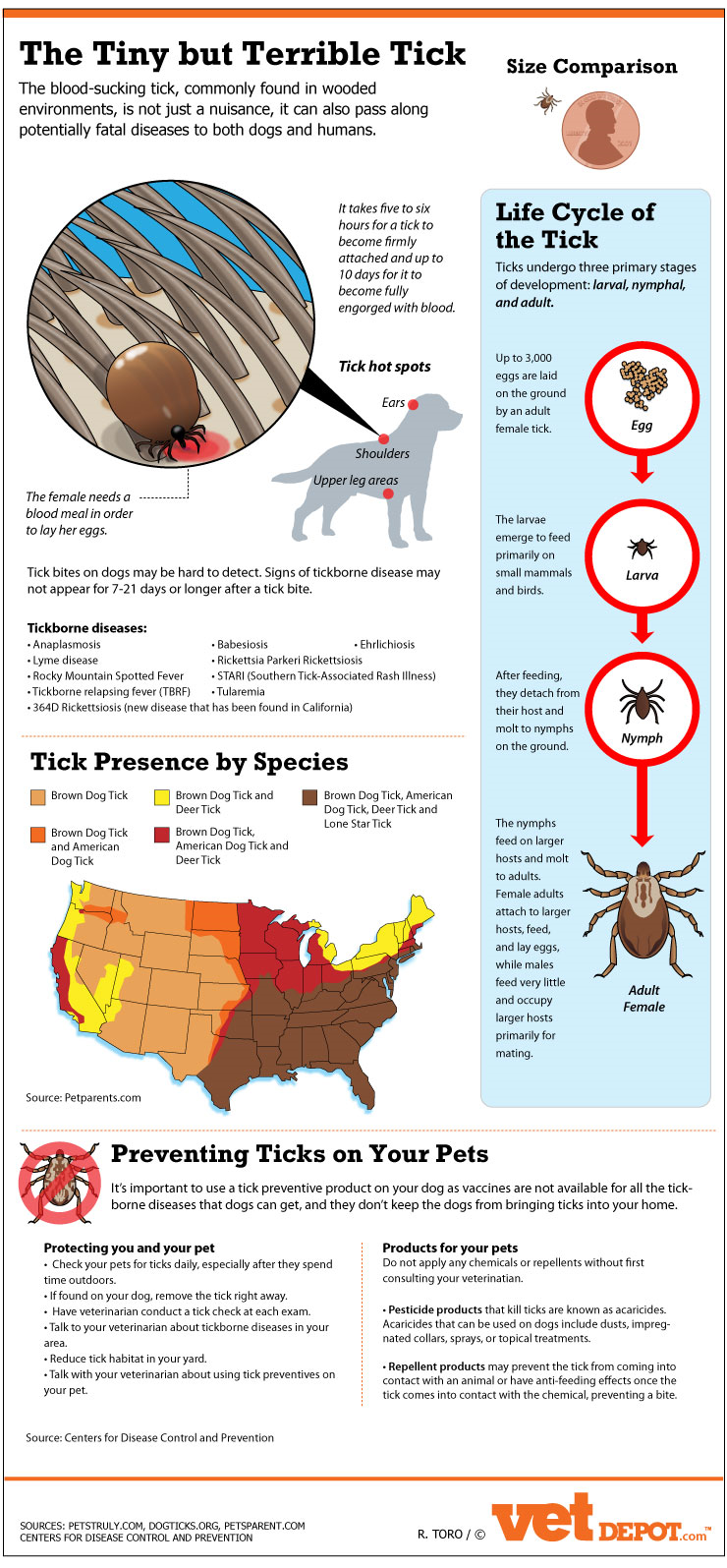
TickIDNet’s performance can be increased by using confidence thresholds to introduce an “unsure” class and building image submission pipelines that encourage better quality photos. We find that image quality, particularly the size of the tick in the image (measured in pixels), plays a significant role in the network’s ability to correctly identify an image: images where the tick is small are less likely to be correctly identified because of the small object detection problem in deep learning. However, the model fails to match the performance of experts with formal entomological training. Here we report the development and validation of a convolutional neural network which we call “TickIDNet,” that scores an 87.8% identification accuracy across all three species, outperforming the accuracy of identifications done by a member of the general public or healthcare professionals. We used image augmentation to further increase the size of our dataset to more than 90,000 images. We compiled a user-generated dataset of more than 12,000 images of the three most common tick species found on humans in the U.S.: Amblyomma americanum, Dermacentor variabilis, and Ixodes scapularis. Here we outline the requirements for such a system, present a model that meets those requirements, and discuss remaining challenges and frontiers in automated tick identification. Accurate, real-time tick-image identification through a smartphone app or similar platform could help mitigate this threat by informing users of the risks associated with encountered ticks and by providing researchers and public health agencies with additional data on tick activity and geographic range. The number of ticks, their geographical distribution, and the incidence of tick-borne diseases, like Lyme disease, are all on the rise.

Ticks and tick-borne diseases represent a growing public health threat in North America and Europe.


 0 kommentar(er)
0 kommentar(er)
